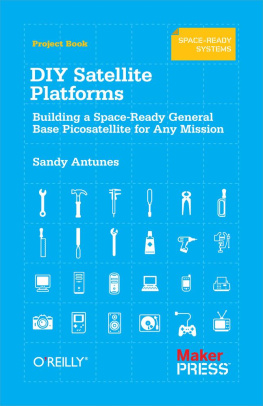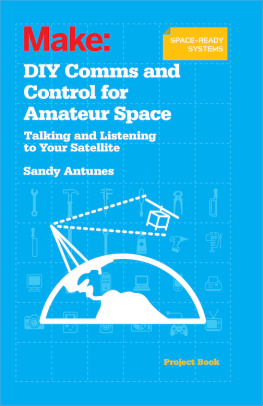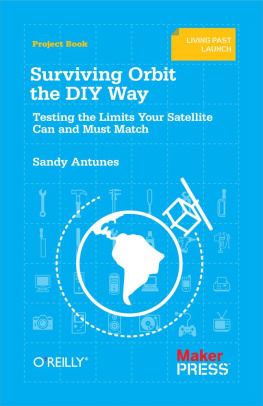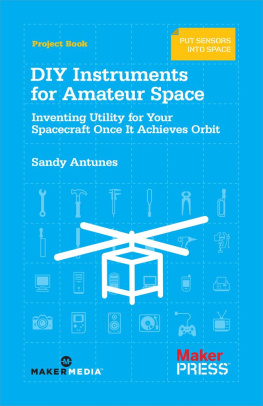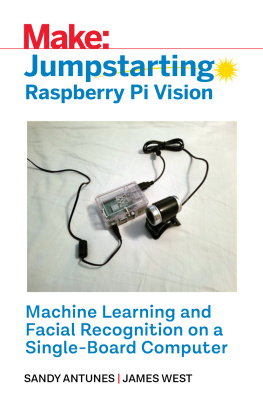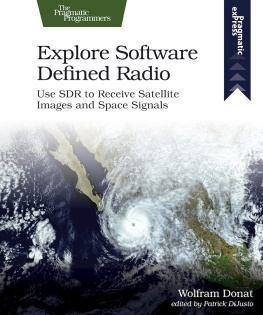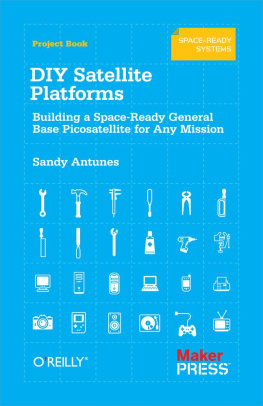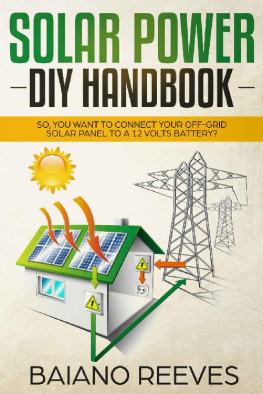Sandy Antunes - DIY Satellite Platforms: Building a Space-Ready General Base Picosatellite for Any Mission
Here you can read online Sandy Antunes - DIY Satellite Platforms: Building a Space-Ready General Base Picosatellite for Any Mission full text of the book (entire story) in english for free. Download pdf and epub, get meaning, cover and reviews about this ebook. year: 2012, publisher: Make, genre: Home and family. Description of the work, (preface) as well as reviews are available. Best literature library LitArk.com created for fans of good reading and offers a wide selection of genres:
Romance novel
Science fiction
Adventure
Detective
Science
History
Home and family
Prose
Art
Politics
Computer
Non-fiction
Religion
Business
Children
Humor
Choose a favorite category and find really read worthwhile books. Enjoy immersion in the world of imagination, feel the emotions of the characters or learn something new for yourself, make an fascinating discovery.
- Book:DIY Satellite Platforms: Building a Space-Ready General Base Picosatellite for Any Mission
- Author:
- Publisher:Make
- Genre:
- Year:2012
- Rating:5 / 5
- Favourites:Add to favourites
- Your mark:
DIY Satellite Platforms: Building a Space-Ready General Base Picosatellite for Any Mission: summary, description and annotation
We offer to read an annotation, description, summary or preface (depends on what the author of the book "DIY Satellite Platforms: Building a Space-Ready General Base Picosatellite for Any Mission" wrote himself). If you haven't found the necessary information about the book — write in the comments, we will try to find it.
Want to build your own satellite and launch it into space? Its easier than you may think. The first in a series of four books, this do-it-yourself guide shows you the essential steps needed to design a base picosatellite platformcomplete with a solar-powered computer-controlled assemblytough enough to withstand a rocket launch and survive in orbit for three months.
Whether you want to conduct scientific experiments, run engineering tests, or present an orbital art project, youll select basic components such as an antenna, radio transmitter, solar cells, battery, power bus, processor, sensors, and an extremely small picosatellite chassis. This entertaining series takes you through the entire processfrom planning to launch.
- Prototype and fabricate printed circuit boards to handle your payload
- Choose a prefab satellite kit, complete with solar cells, power system, and on-board computer
- Calculate your power budgethow much you need vs. what the solar cells collect
- Select between the Arduino or BasicX-24 onboard processors, and determine how to use the radio transmitter and sensors
- Learn your launch options, including the providers and cost required
- Use milestones to keep your project schedule in motion
Sandy Antunes: author's other books
Who wrote DIY Satellite Platforms: Building a Space-Ready General Base Picosatellite for Any Mission? Find out the surname, the name of the author of the book and a list of all author's works by series.

